Birding Badlands National Park (PHOTOS)
Over the past week, I was on a trip in South Dakota, exploring the vast barren region commonly known as the badlands.And while my primary purpose was just having a good time in the park admiring all of the natural wonders and wildlife, I was couldn't help but bird watch at the same time. I did manage to add a few western birds to my life list, upping the tally to 141. I will provide a complete list of all of the birds that I was able to identify at the end of the article. But until then, enjoy the photographs and notes on the trip, below.
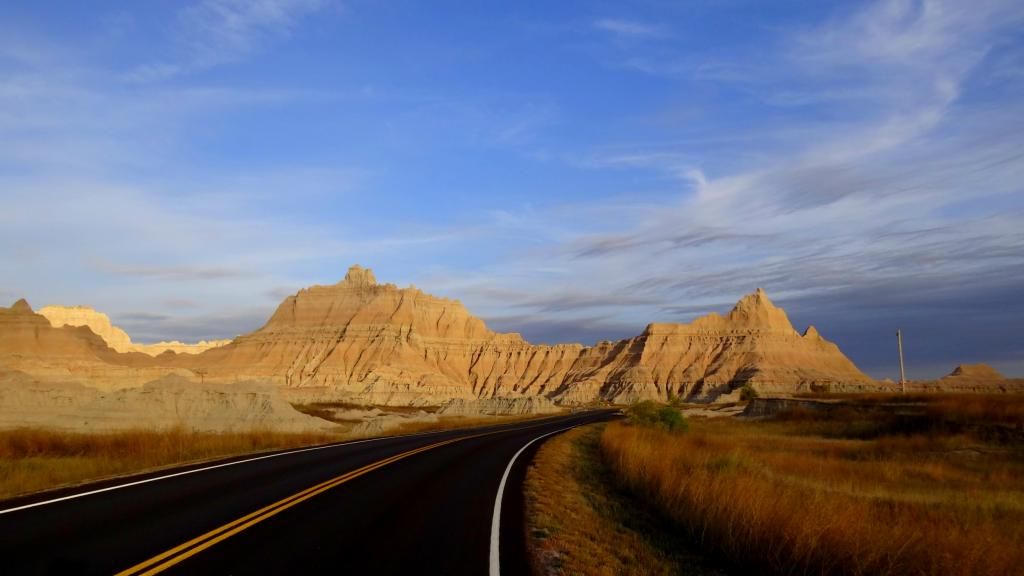
I entered the park at night, and so it was too dark for me to see much of anything by the moonlight except for the large, ominous peaks surrounding me. After I rounded a bend, I could see the lodge area lit up and sprawling before me, with the town of Interior, South Dakota, also twinkling off in the distance. Though it was completely dark, it was only 8 o'clock local time (Mountain Time) when I arrived. After I checked in, I sat on the porch for a short while before I went to bed for the night. One nice thing that I noticed about vacationing in a timezone two hours behind the one you live in is that you can sleep in and still get up early. I was up around 6:30- 7:00 Am every morning, which would be around 8:30- 9:00 AM here in Ohio.
In the moring when I got out of bed, I looked out the window to see a spectacular sunrise to the east, with a vividly colored sky over the distant rock formations. That photo is below:
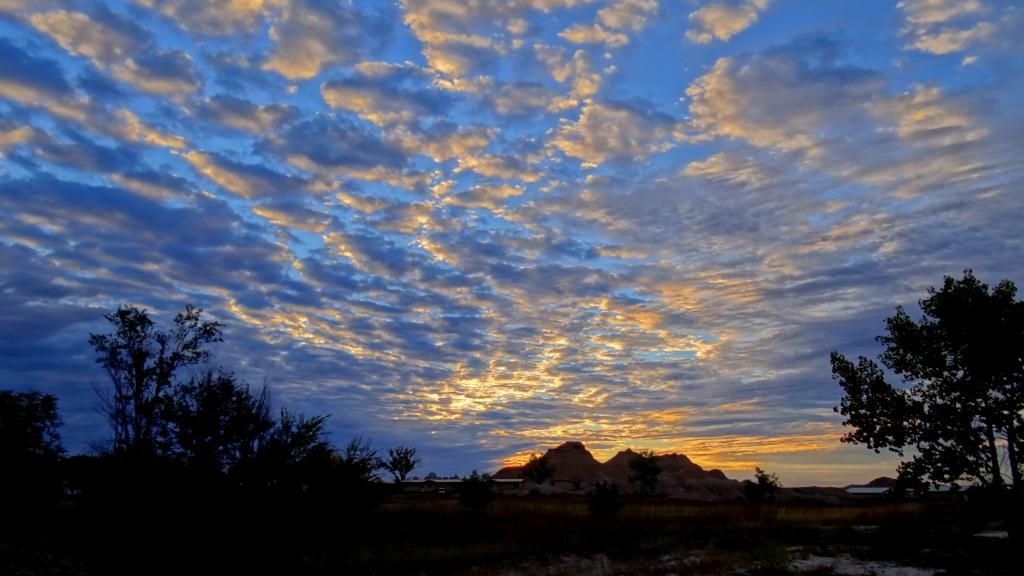
Sunrise over the Badlands
Before I headed out sightseeing, I decided to try to get a photograph of some of the birds in the area, of which there was a surprisingly high number. Besides the Mourning Doves, Dark-Eyed Juncos, American Robins and the White-Throated Sparrows, I managed to photograph (though it is not the best photograph) a female Lapland Longspur in a nearby tree:
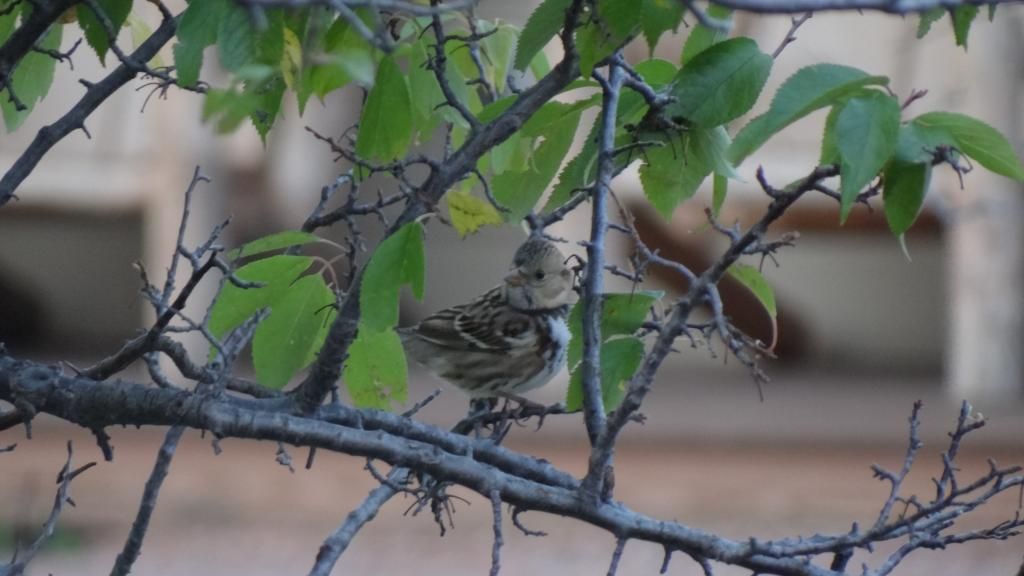
Female Lapland Longspur
I also found that Western Meadowlarks were quite common:
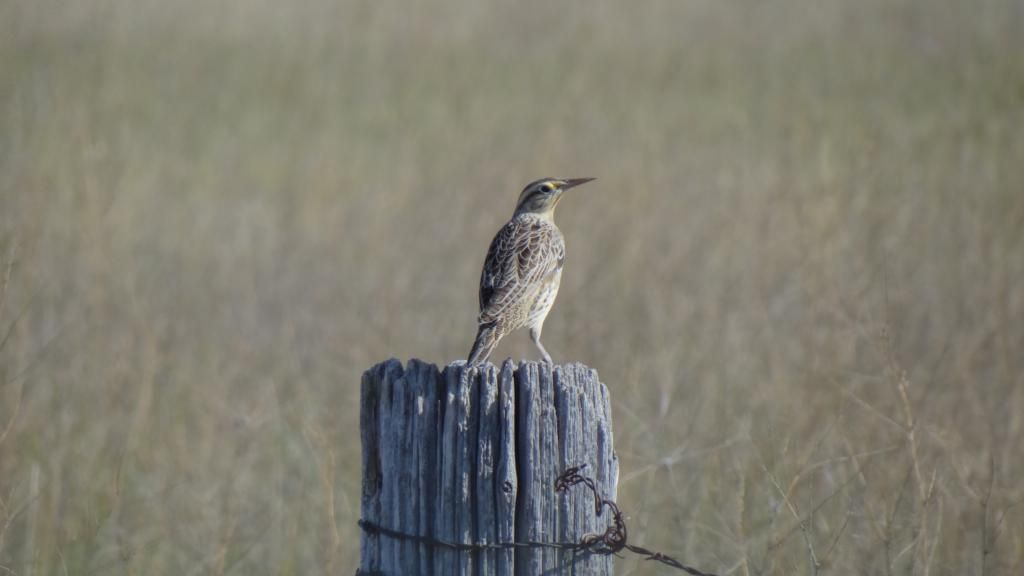
Western Meadowlark
There were also hawks nearly everywhere, most of them being redtails. The rest I was not able to identify because they flew so fast, and I wasn't ever able to stop the car and get the bird focused in my binoculars fast enough. That said, I first went to the visitor's center where I officially checked in, since the park was closed when I arrived the night before. This (below) is what it looked like directly across from the vistor's center:
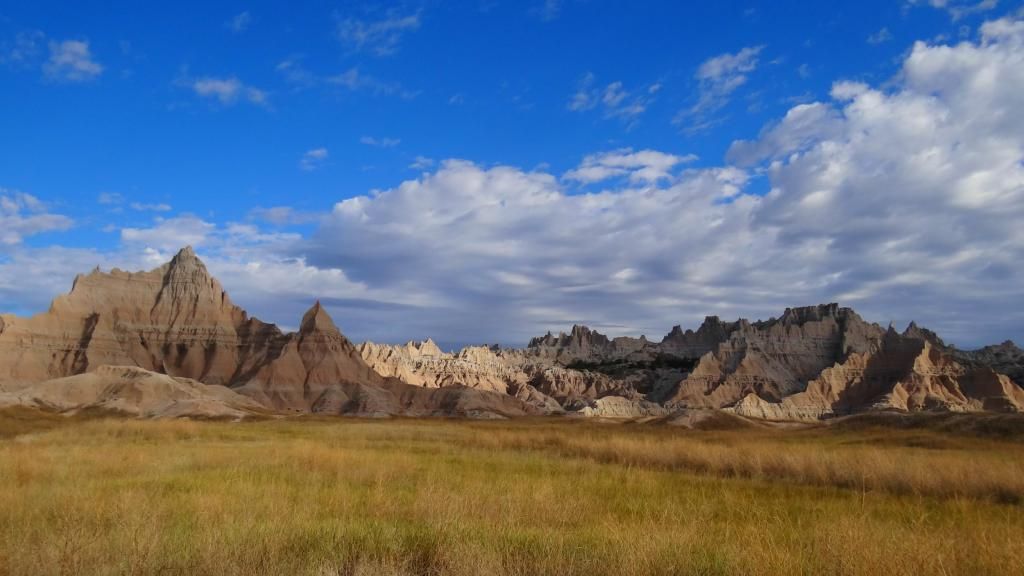
Badlands Rock Formations
One of my first stops was at the fossil boardwalk trail:
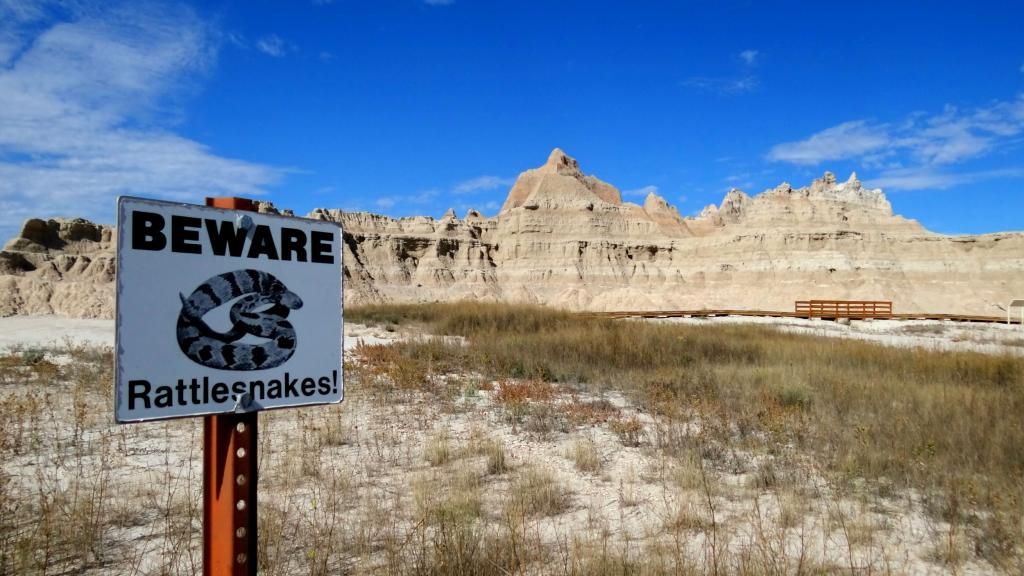
Fossil Trail Boardwalk
Though the 'Beware of Rattlesnakes' signs were common, I only saw one snake, and it was dead on the road. I was slightly dissapointed at not seeing a live one (from a safe distance, of course), but I also didn't expect to see large numbers of another animal that I will reveal shortly. However, that comes later. Directly across from the fossil trail, there were markers directly into the formations. Without the markers (or the road, which you could see), you would not have evr found your way out, as every peak looked the same. Here is a shot I took after climbing up onto a peak a short ways off of the trail:
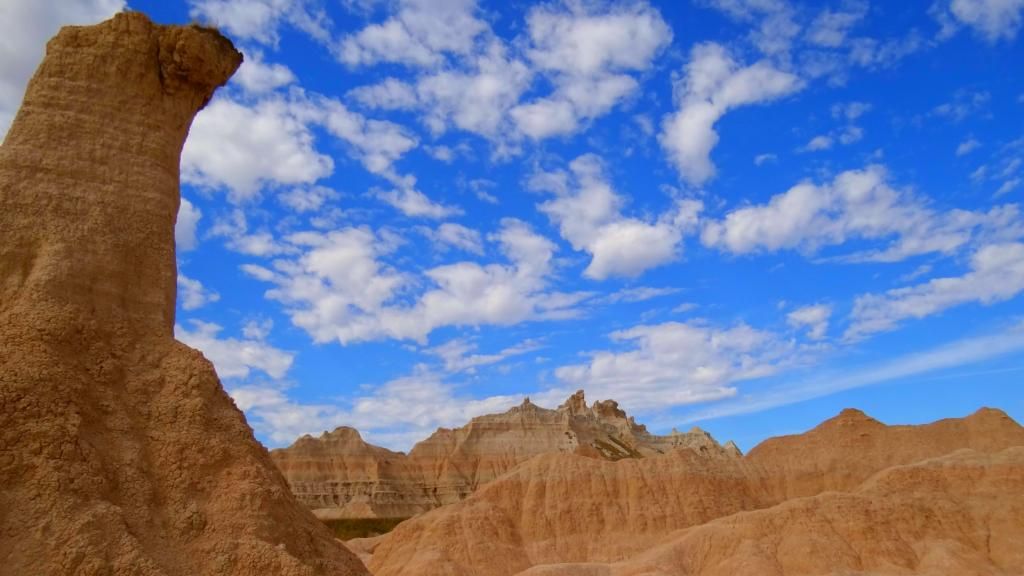
A view taken from in the midst of the formations
Along the way to the next waypoint, I passed an area dubbed the 'Yellow Hills'. These formations were not white like the others, but yellow (of course) with some purple bands as well. This is pictured below:
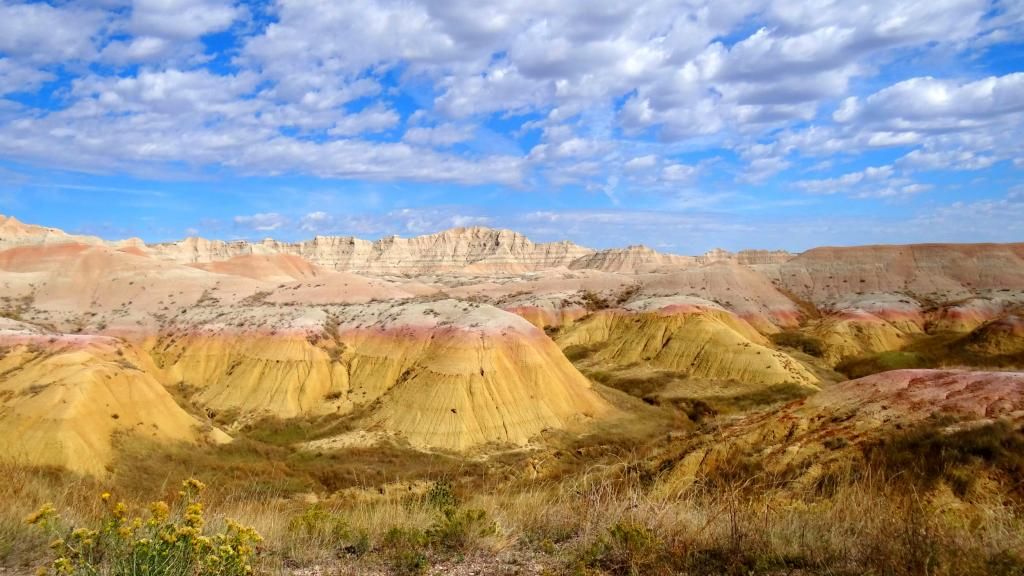
The Yellow Hills
This is what excited me most about the entire trip... American Bighorn Sheep turned out to be quite common throughout the park: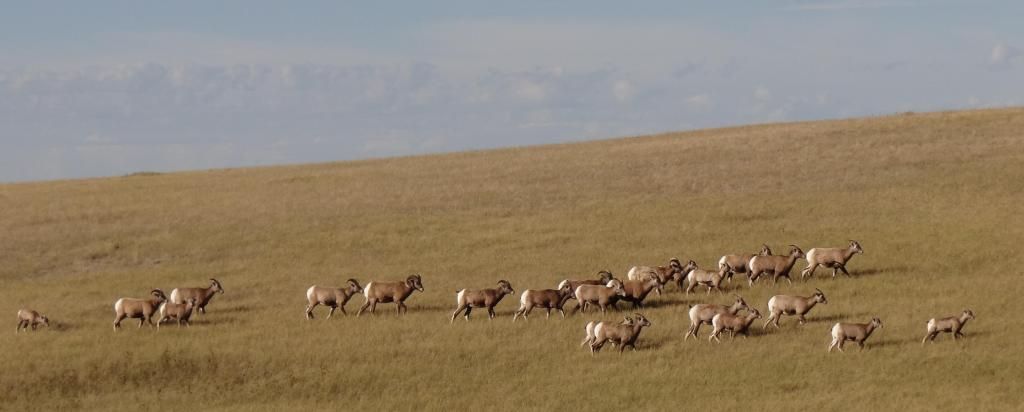
A herd of American Bighorn Sheep
Leading the herd was this large male, by far the largest in the group:
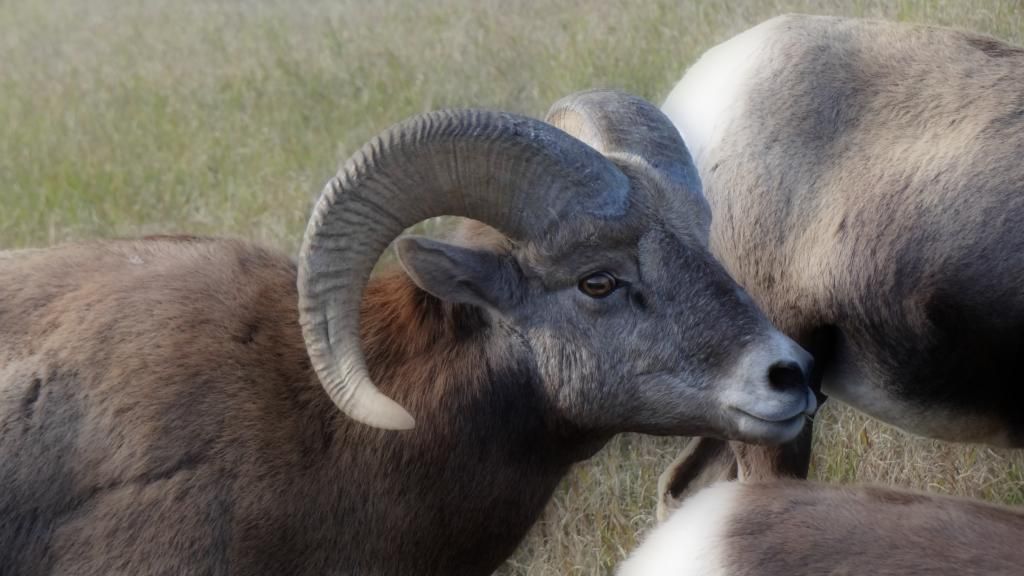
American Bighorn Sheep
After I was done viewing the Bighorns, (or maybe before, I don't remember 100%) I stumbled upon an absolutely huge prairie dog town- perhaphs a thousand (or more!) residents! Here is one of the gophers that I photographed:
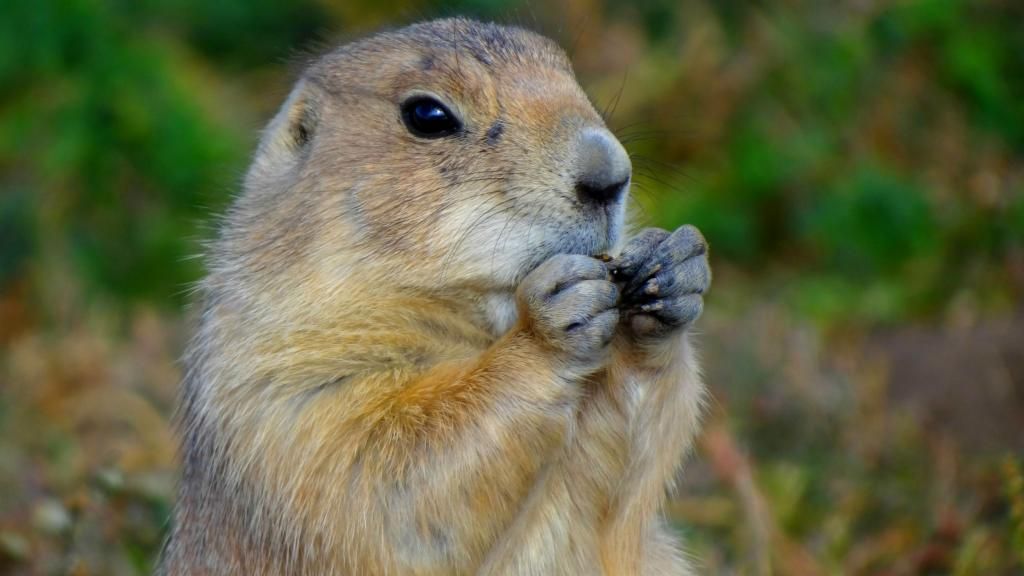
Prairie Dog
Towards evening, I headed the opposite directions, to Cedar Pass, directly above where I stayed, Cedar Pass Lodge. Here is a view from up on the mountains:
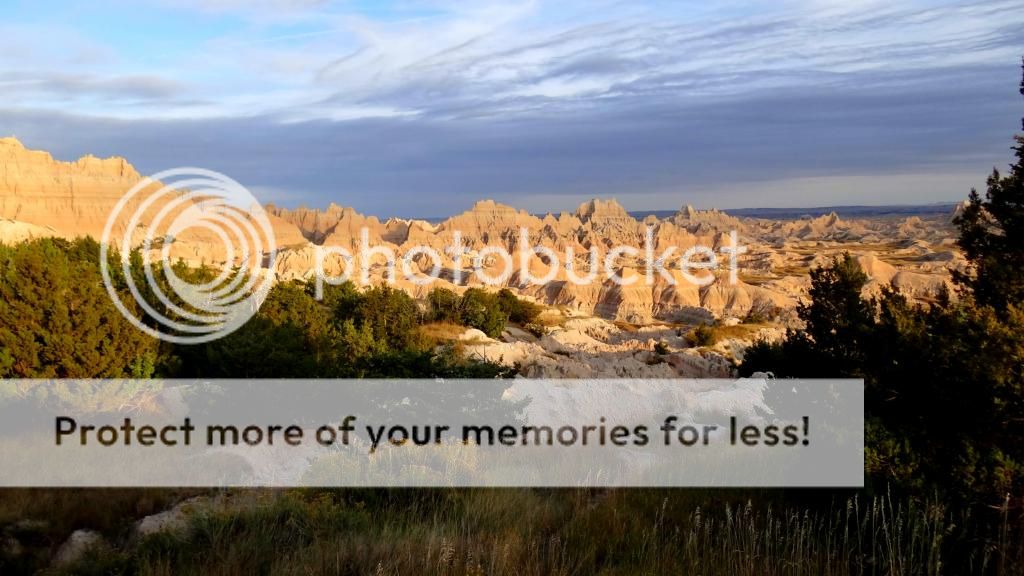
Cedar Pass
But to get there, you had to climb a boardwalk trail with many stairs, that led through a beautiful landscape of none other than cedar and juniper trees (and cottonwood):
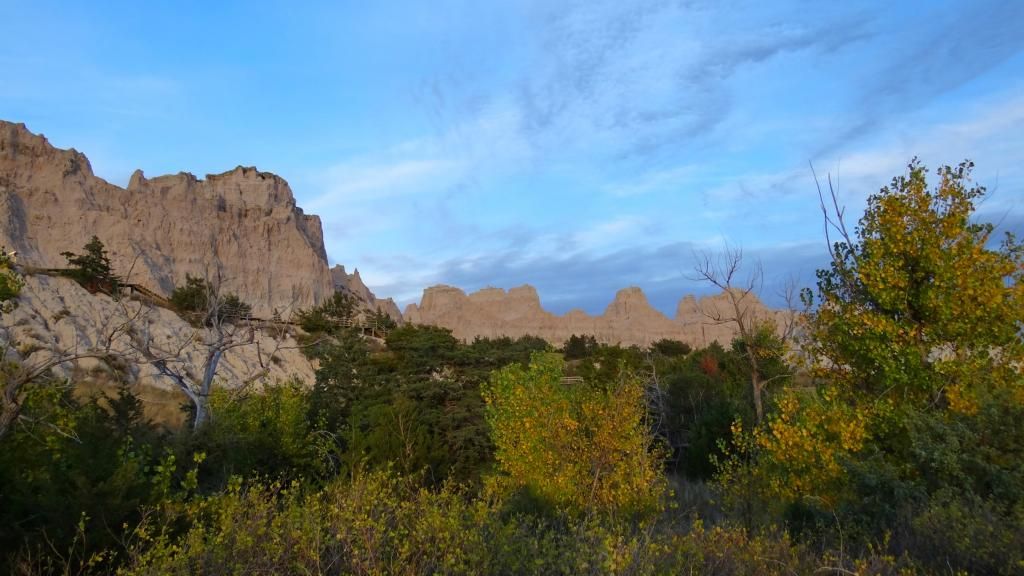
Cedar Pass
While I was up there, I did get a decent photograph of a Black-Billed Magpie which landed a short ways from the trail parking lot:
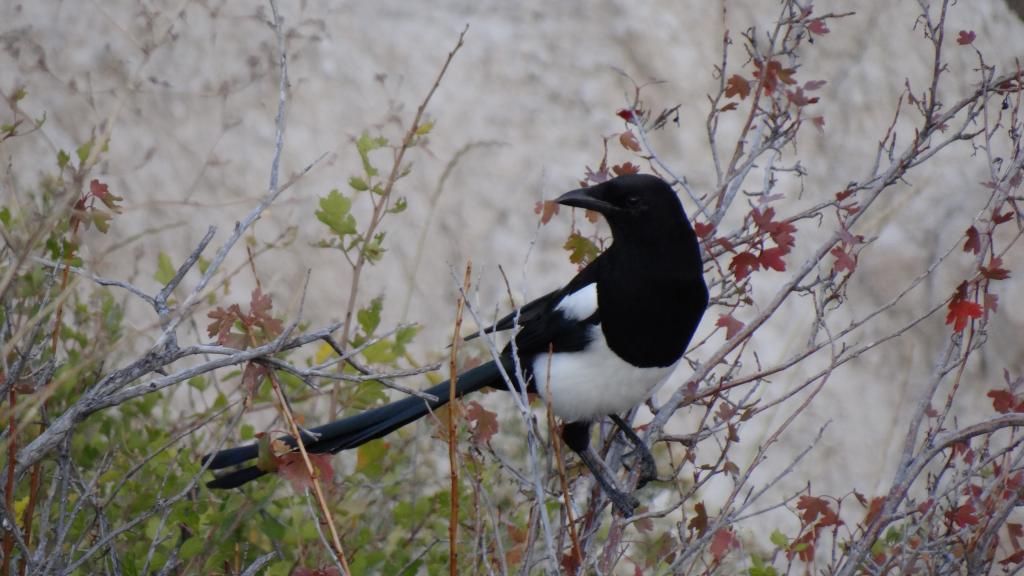
Black-Billed Magpie
That is a pretty good summary of the trip, and I don't have much else to show or tell about other than the numerous rabbits (one is pictured below), and of course, a few more birds!
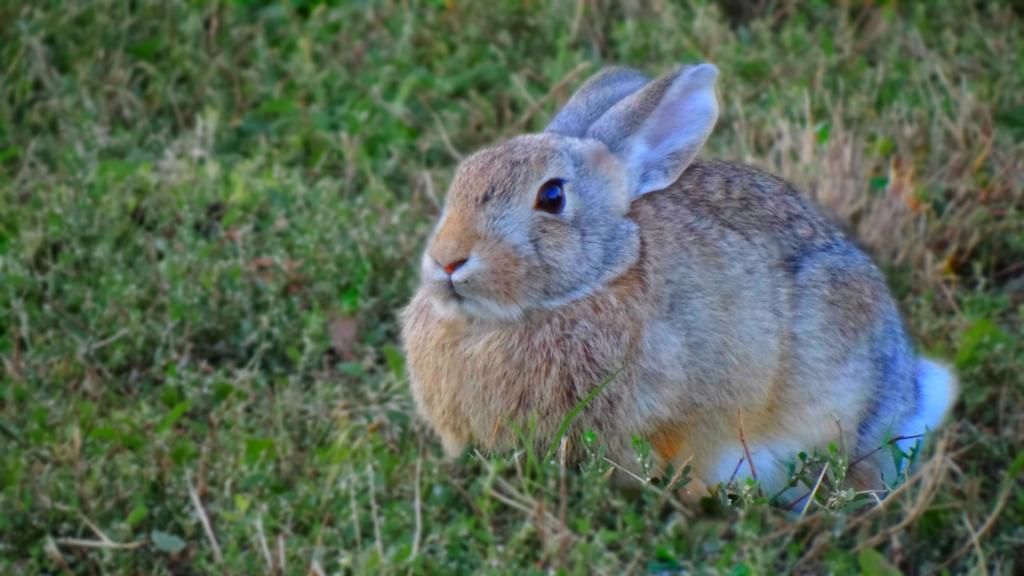
Jackrabbit
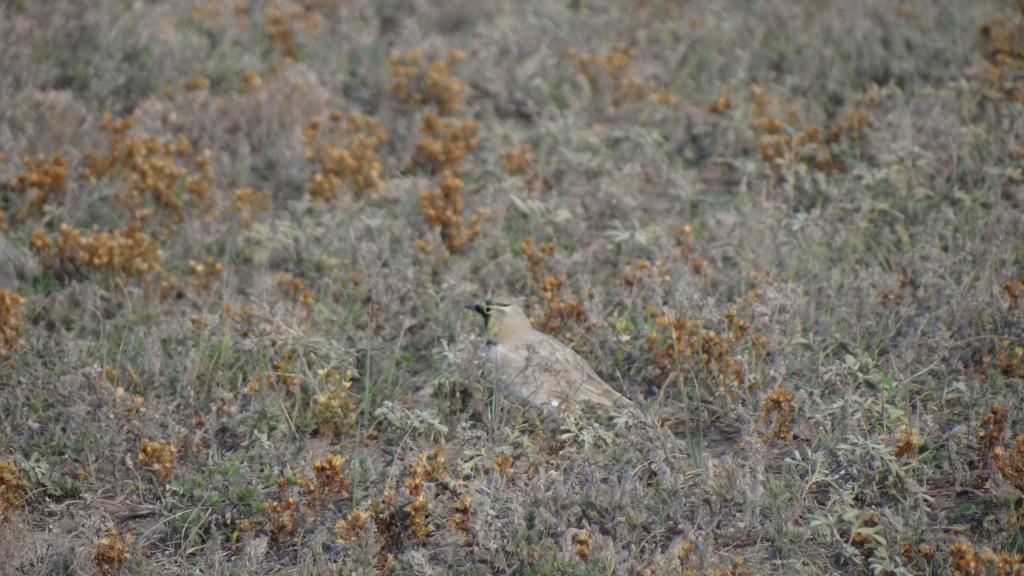
Horned Lark
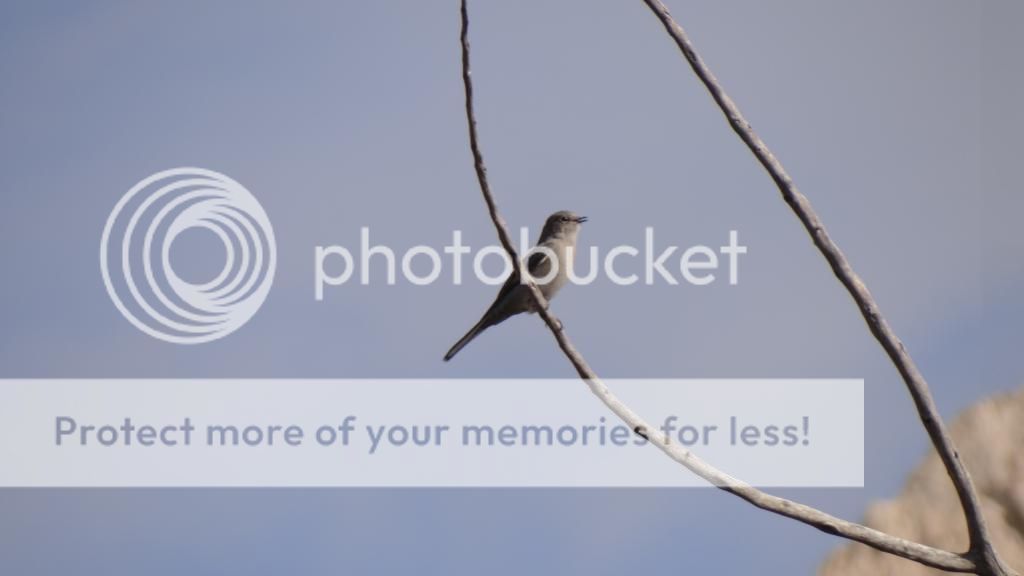
Townsend's Solitaire
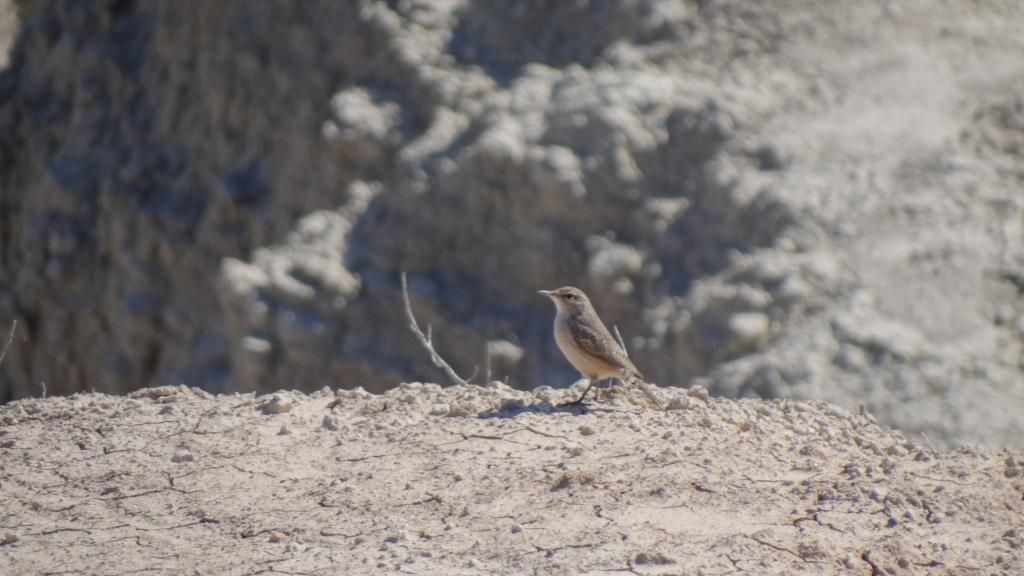
Rock Wren
And now for the final tally...
17 Species:
- Ring-Necked Pheasant
- Red-Tailed Hawk
- Mourning Dove
- Great-Horned Owl (heard, not seen)
- Black-Billed Magpie
- Horned Lark
- Red-Breasted Nuthatch
- Rock Wren (rare for the date and location, according to eBird)
- Mountain Bluebird
- Townsend's Solitaire
- American Robin
- Dark-Eyed Junco
- Lapland Longspur
- Field Sparrow
- White-Throated Sparrow
- Western Meadowlark
- House Finch
Needless to say, it was an awesome trip (despite car troubles, and also being locked out of the car on a seperate occasion).